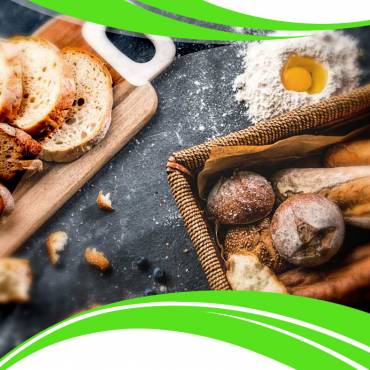Pulses are considered to be one of the essential and versatile cupboard ingredient and no
wonder, it has flown o ff the supermarket shelves during the recent times of COVID-19.
What are pulses?
Pulses are beans and lentils. These are edible seeds that usually grow in a pod. Some of the
examples are:
* chickpeas
* Black-eyed peas
* Kidney beans, butter beans, cannellini beans, etc
* red/yellow/black beans
* Dried peas
Lentils are one of the most versatile and nutrient dense cupboard ingredients.
Nutritional benefits of Pulses & Lentils:
* low glycemic index
* Low fat
* High fibre content
* Great source of Iron
* Rich source of phytochemicals and antioxidants
* Excellent source of protein:7-9g /100g
* Source of Potassium, Magnesium, Zinc, Folate, and B-vitamins
Getting the most from pulses:
Pulses do contain some fermentable short-chain carbohydrates, called Galacto-oligosaccharides
responsible for causing bloating and flatulence. These side effects do put some people off from trying pulses.
Pulses also contain certain anti-nutrients like Phytates, Tannins that inhibit the absorption of certain nutrients.
Try soaking, sprouting, fermentation, and pounding methods. These cooking techniques help to reduce the content of anti-nutrients and help to tolerate them better without much of the side effects.
If you are using tinned products make sure to rinse them thoroughly prior to use.
How to cook pulses?
Pressure cooker can significantly reduce cooking time
If not, soak dry pulses overnight(7-8 hrs), rinse them thoroughly and cook in boiling water in a
large saucepan until they are tender and cooked thoroughly.
Halve the quantity of meat in recipes and add in a tin of pulses.
Use them in risotto /chilli /salad and in any recipe.






